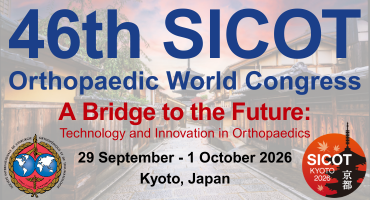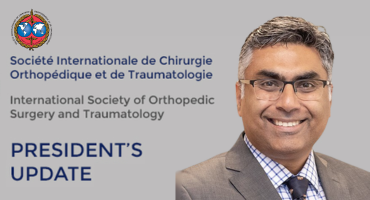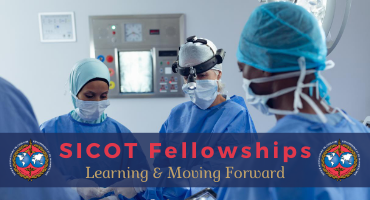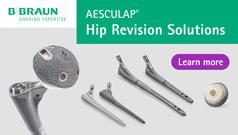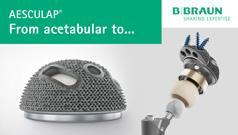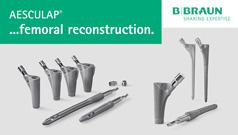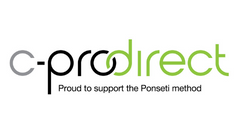The Smallest Worthwhile Effect as a Promising Alternative to the MCID in Estimating PROMs for Adult Idiopathic Scoliosis
J Bone Joint Surg Am. 2025 Aug 5. doi: 10.2106/JBJS.24.01269. Online ahead of print.
ABSTRACT
BACKGROUND: The smallest worthwhile effect (SWE) enables patients to evaluate the expected value of a treatment by weighing its benefits, risks, and costs. It has emerged as an alternative to the minimal clinically important difference (MCID) for interpreting patient-reported outcome measures (PROMs). The purposes of this study were to determine the SWE estimates and MCID thresholds in patients undergoing surgery for adult idiopathic scoliosis (AdIS) and to verify whether meeting or exceeding the SWE estimates correlates with satisfaction at a minimum of 2 years postoperatively.
METHODS: Patients with postoperative satisfaction measured at a minimum of 2 years were prospectively recruited between July 2017 and August 2022. The Scoliosis Research Society-22 revised (SRS-22r) questionnaire was preoperatively administered to estimate the SWE thresholds using the benefit-harm trade-off method. The baseline SRS-22r and the SRS-30 at a minimum of 2 years postoperatively were recorded to determine the MCID estimates using the anchor-based approach, with questions 24 to 30 of the SRS-30 used as anchors. A construct validity assessment was performed to evaluate the association between meeting or exceeding the 50th percentile of the SWE (SWE50) threshold and postoperative satisfaction (defined as a score of ≥4 on both SRS-22r satisfaction questions). Race and ethnicity data were collected from the medical records.
RESULTS: A total of 119 Asian participants (19 male and 100 female) with a mean age of 26.5 ± 7.2 years were included. The absolute SWE50 estimates for the SRS-22r were 0.8 (interquartile range [IQR], 0.6 to 1.2) for self-image, 0.0 (IQR, 0.0 to 0.2) for function, 0.0 (IQR, 0.0 to 0.6) for pain, 0.4 (IQR, 0.0 to 0.6) for mental health, and 0.4 (IQR, 0.2 to 0.6) for the total score. The MCID thresholds for the corresponding domains or total score were 0.7, 0.1, 0.1, 0.3, and 0.3, respectively. Achieving or exceeding the absolute SWE50 threshold for the total score (p < 0.001) or the self-image (chi-square, 11.3; p < 0.001), function (chi-square, 6.3; p = 0.012), or pain (chi-square, 5.7; p = 0.017) domain was significantly correlated with postoperative satisfaction at a minimum of 2 years.
CONCLUSIONS: The SWE could serve as an effective alternative to the MCID for interpreting PROMs at a minimum of 2 years postoperatively in patients with AdIS.
LEVEL OF EVIDENCE: Prognostic Level II. See Instructions for Authors for a complete description of levels of evidence.
PMID:40763206 | DOI:10.2106/JBJS.24.01269






